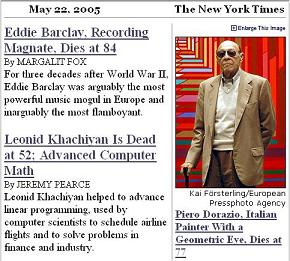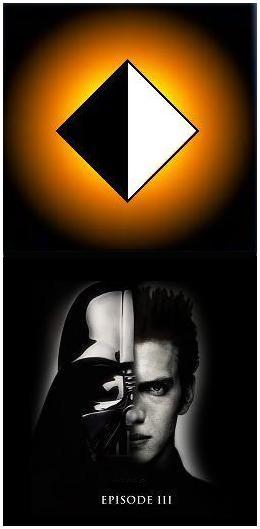From the J. Paul Getty Trust:
"I've recently had it brought to my attention that the current accepted
primary colors are magenta, cyan, and yellow. I teach elementary art
and I'm wondering if I really need to point out that fact or if I
should continue referring to the primary colors the way I always have
-- red, yellow, and blue! Anyone have an opinion?"
("CMYK" at Whatis.com):
"There is a fundamental difference between color and
pigment. Color represents energy radiated.... Pigments, as opposed to colors, represent energy that is not absorbed...."
Color Box Applet:

for elementary color education:
Colored Shadow Explorations.
A good starting point for
non-elementary education:
Further background:
From "The Relations between
Poetry and Painting," by Wallace Stevens:
"The theory of poetry, that is to say, the total of the
theories of poetry, often seems to become in time a mystical theology
or, more simply, a mystique. The reason for this must by now be clear.
The reason is the same reason why the pictures in a museum of modern
art often seem to become in time a mystical aesthetic, a prodigious
search of appearance, as if to find a way of saying and of establishing
that all things, whether below or above appearance, are one and that it
is only through reality, in which they are reflected or, it may be,
joined together, that we can reach them. Under such stress, reality
changes from substance to subtlety, a subtlety in which it was natural
for Cézanne to say: 'I see planes bestriding each other and sometimes
straight lines seem to me to fall' or 'Planes in color. . . . The
colored area where shimmer the souls of the planes, in the blaze of the
kindled prism, the meeting of planes in the sunlight.' The conversion
of our Lumpenwelt went far beyond this. It was from the point
of view of another subtlety that Klee could write: 'But he is one
chosen that today comes near to the secret places where original law
fosters all evolution. And what artist would not establish himself
there where the organic center of all movement in time and space—which
he calls the mind or heart of creation— determines every function.'
Conceding that this sounds a bit like sacerdotal jargon, that is not
too much to allow to those that have helped to create a new reality, a
modern reality, since what has been created is nothing less."
|
From Bester's The Deceivers (1981): He stripped, went to his Japanese bed in the monk's crazed p a t t e r n s |














Recent Comments